Soundwave tattoos offer a unique way to carry your most cherished sounds on your skin. By transforming sounds into visual representations, you can create a permanent reminder of important moments or favorite tunes. These tattoos not only serve as an artistic expression but also allow you to connect with your memories in a tangible form.
Exploring soundwave tattoo ideas can inspire creativity and personal significance in your choices. Whether you’re considering music, spoken words, or nature sounds, these designs can be custom tailored to reflect your individuality. Each tattoo captures a piece of your identity, creating a fusion of art and meaning.
1) Personalized heartbeat sound
A personalized heartbeat tattoo captures the unique rhythm of your heart. This concept creates a lasting tribute to moments that evoke strong emotions, like love, loss, or new beginnings.
To create this tattoo, you can record your heartbeat using a device or app. The sound can then be transformed into a visual waveform that translates into an intriguing design.
You might choose to incorporate meaningful elements, such as initials or dates, alongside the heartbeat. This embellishment adds a personal touch, making the tattoo truly yours.
Placement is essential. Popular areas include the wrist, chest, or behind the ear, where the tattoo can remain intimate yet visible. Consider how you want it to be perceived by others.
Choosing the right tattoo artist is crucial, as their skill will influence the design’s clarity. Ensure they can accurately depict the waveform, capturing the essence of your heartbeat.
This type of tattoo combines art and emotion, offering a unique way to celebrate significant experiences and connections in your life.
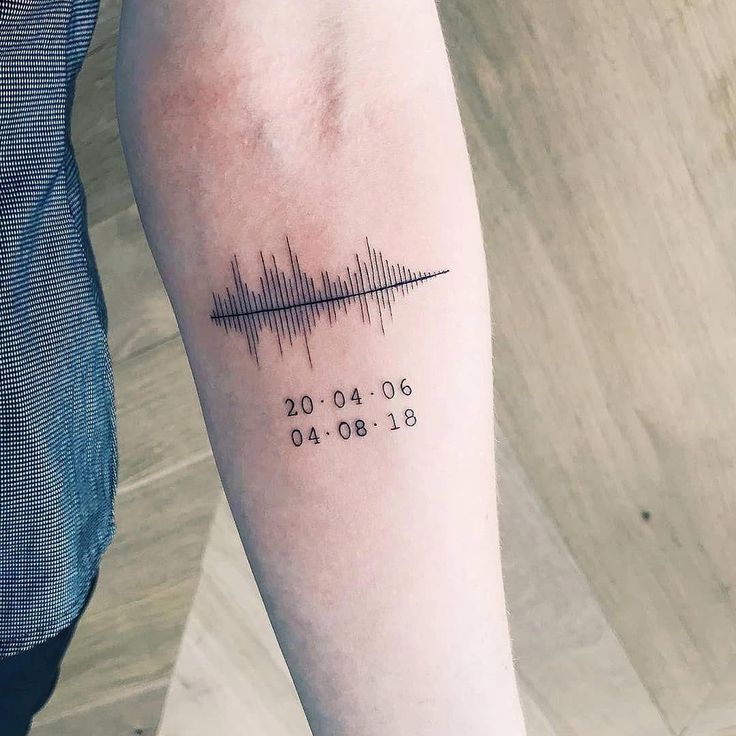
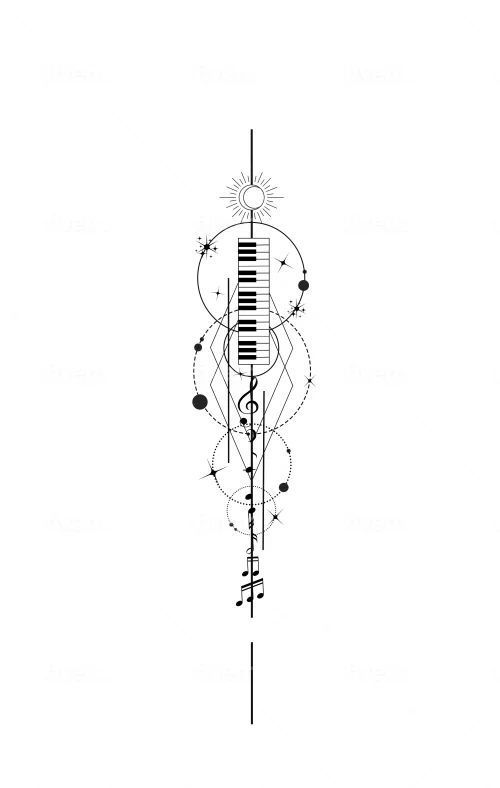
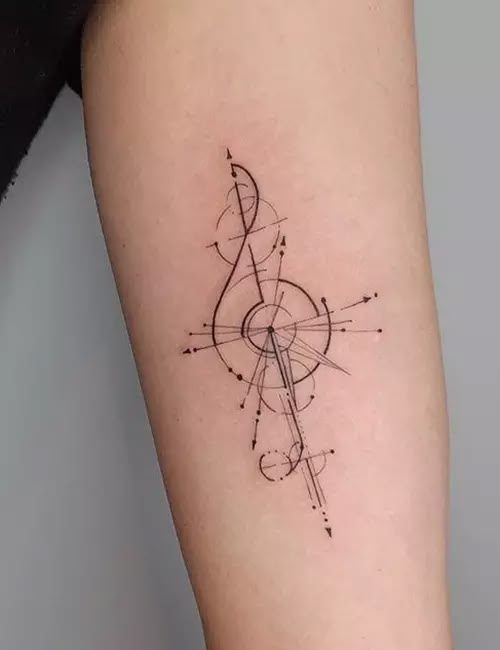
2) Favorite movie quote audio
Transforming a beloved movie quote into a soundwave tattoo can be a rewarding way to carry a piece of film history with you. Choose a line that resonates personally; perhaps a quote that inspires you or brings back fond memories.
Once you have the quote, record your voice or the original audio. Ensure high quality for the best results. Strong audio clarity will enhance the accuracy of the soundwave design.
After capturing the audio, you can use soundwave graphic tools to visualize the recording. This unique visual representation can be inked onto your skin, making the tattoo a personal affirmation of your favorite film.
You can place this tattoo in a visible spot or keep it hidden, adding an element of intimacy to the piece. Sharing the meaning behind your tattoo can evoke great conversations about the film and its impact on you.
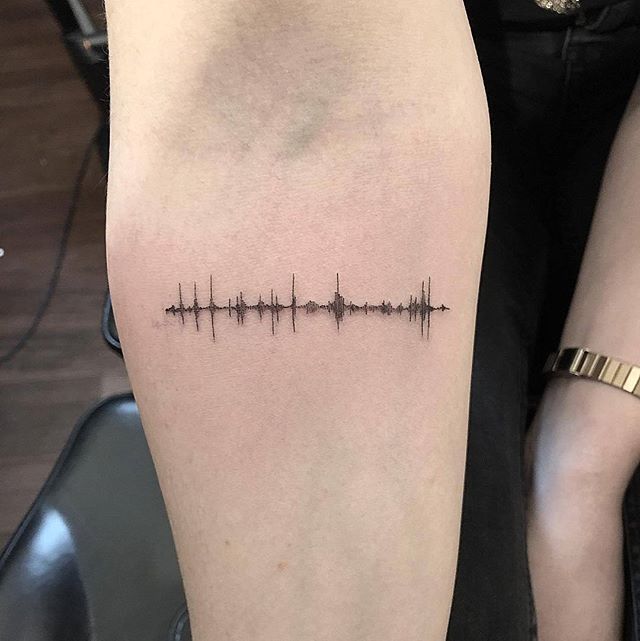
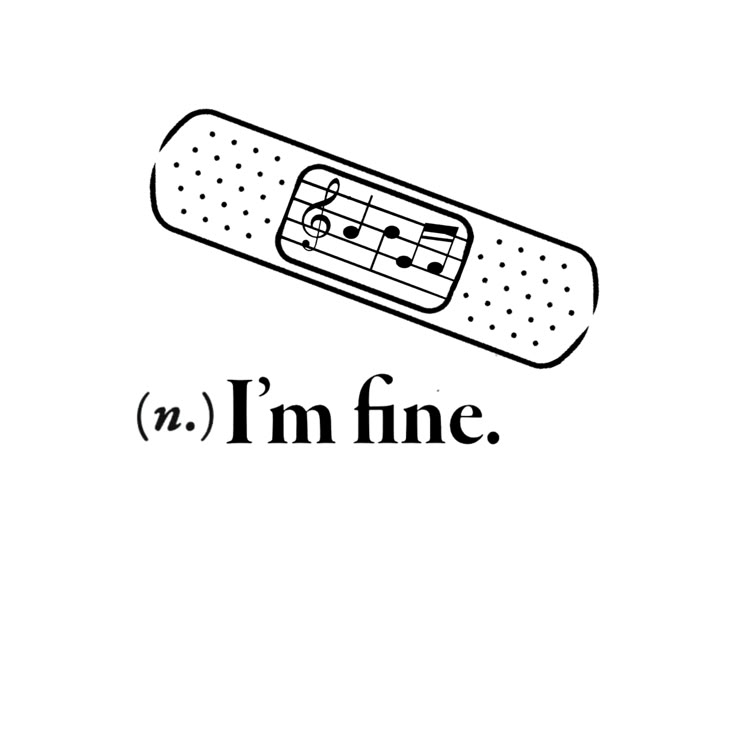
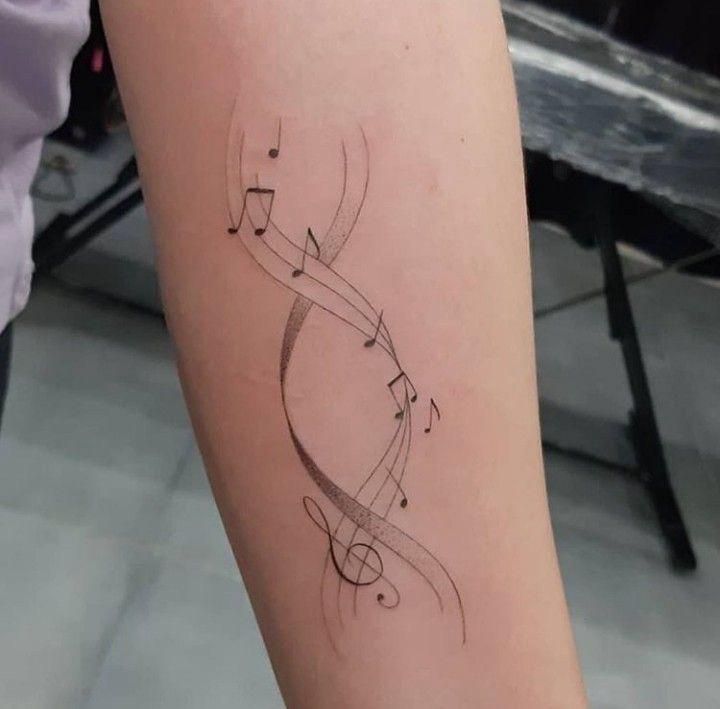
3) Wedding vows snippet
Capturing the essence of your wedding vows as a soundwave tattoo can be a deeply personal choice. This unique tattoo allows you to preserve the exact moment when you exchanged promises, creating a lasting reminder of your love.
You can choose to record a snippet of your vows during the ceremony. This audio can then be converted into a visual soundwave pattern. The design becomes not just an artistic representation but also a significant personal symbol.
Place the tattoo where it holds meaning for you, such as on your wrist or near your heart. Each time you glance at it, you’ll recall the emotions and importance of that day. This intimate piece of art tells your story without words.
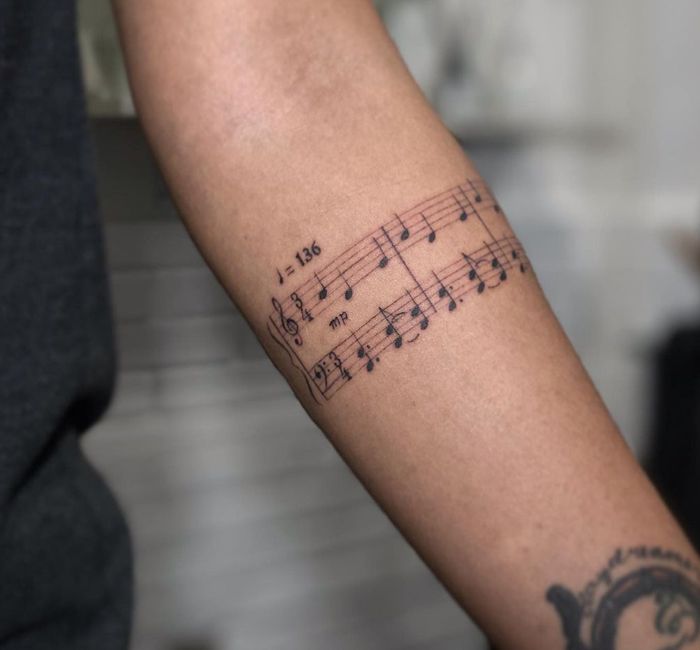
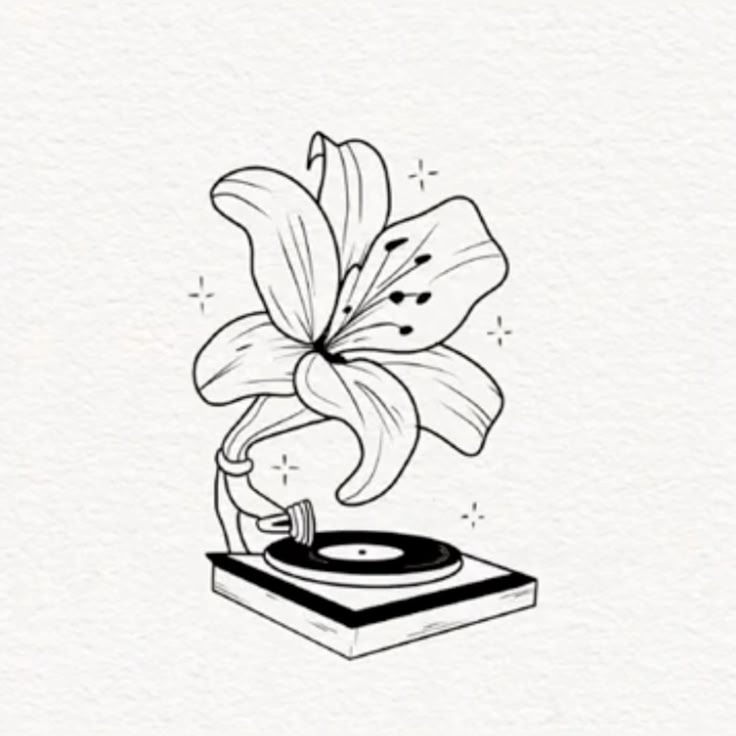
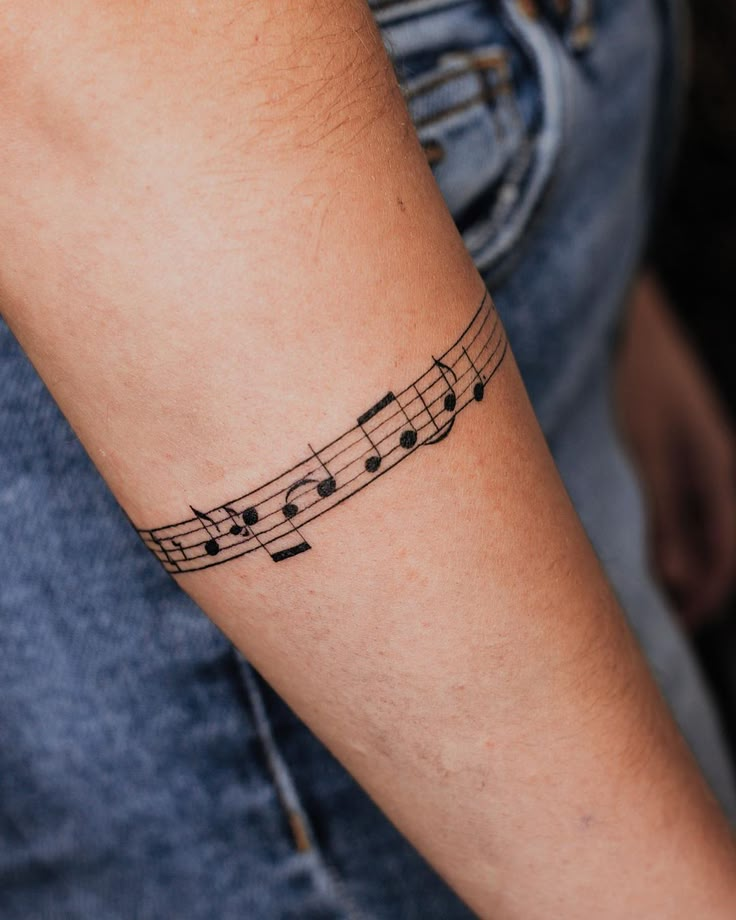
4) Child’s First Words Recording
Capturing your child’s first words is a profoundly sentimental experience. These recordings hold immense emotional value and mark significant milestones in their development.
To create a soundwave tattoo of this moment, start by recording the phrase. Use a high-quality recording device to ensure clarity. Hold your child close and encourage them to say their first words in a comfortable setting.
Once you have the recording, you can convert it into a visual format. Soundwave tattoo artists can transform the audio waveform into a unique design. This design can then be inked onto your skin, serving as a permanent reminder of your child’s early speech.
Positioning the tattoo is a personal choice. You might choose a place that feels special, such as your wrist or forearm. This makes it easy to showcase the tattoo while holding a deeper significance.
By preserving this treasured sound, you celebrate your child’s growth and the bond you share. The tattoo becomes a conversation piece, allowing you to share memories and stories with others.
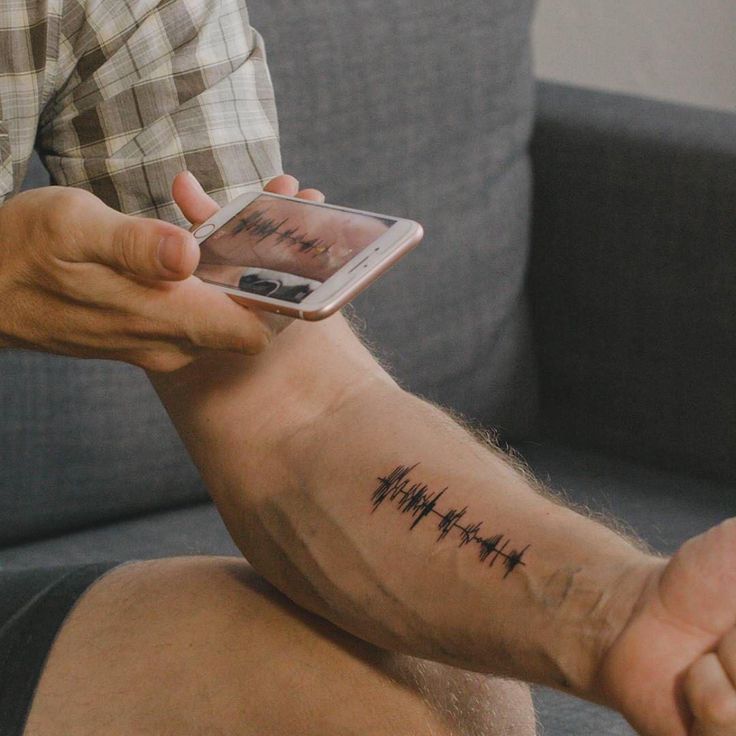
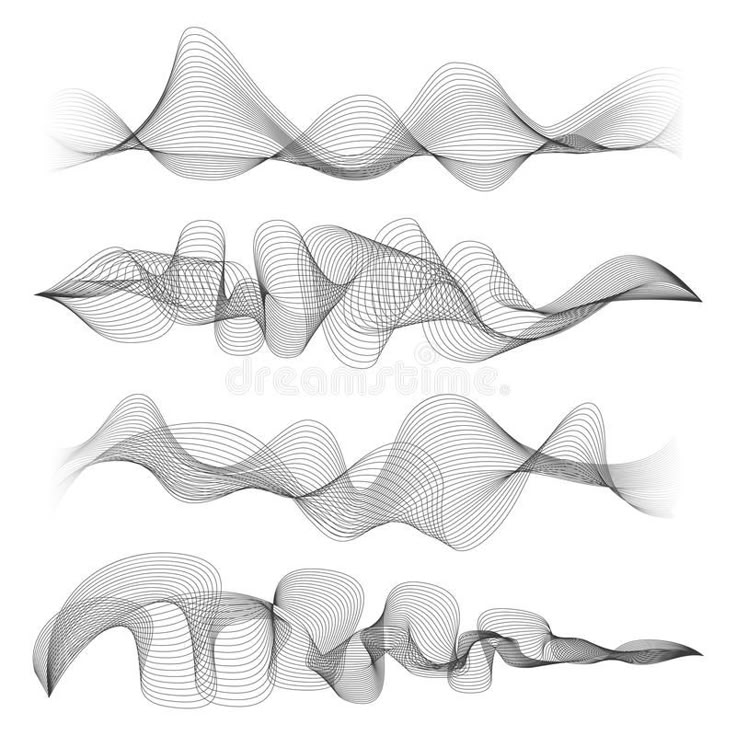
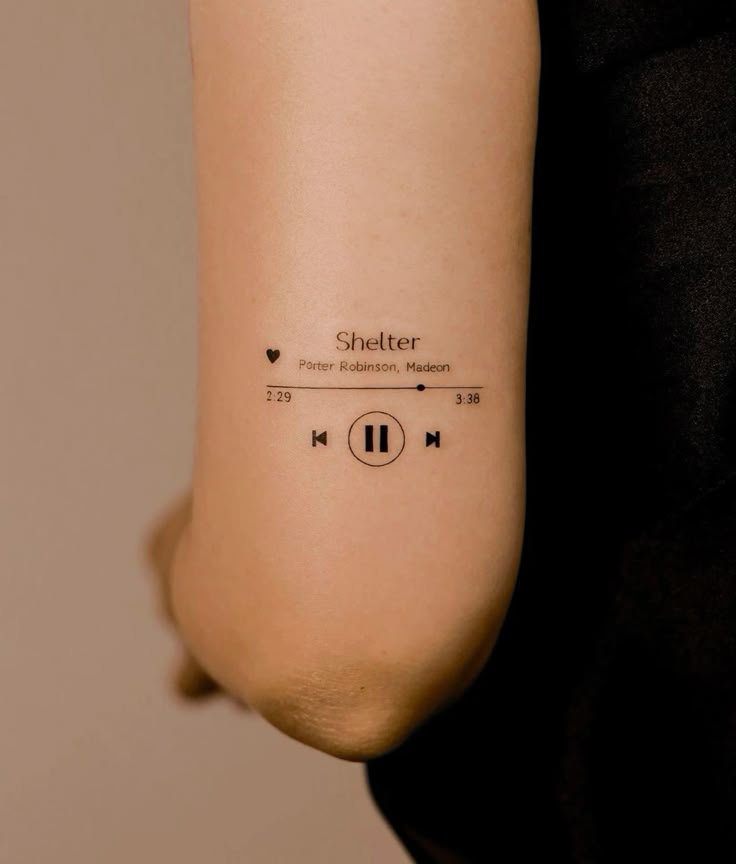
5) Beloved pet’s barking sound
A soundwave tattoo of your pet’s barking captures a unique and personal connection. Each bark is distinctive, representing your pet’s personality and the bond you share.
To create the tattoo, record your pet barking and convert the soundwave into a visual format. Many apps allow you to manipulate and enhance the recording to highlight the most meaningful barks.
When selecting the design, consider where you want the tattoo placement. A smaller design may work well on your wrist or ankle, while a larger one could be suitable for an upper arm or back.
Incorporating elements like paw prints can add a personal touch. This fusion of sound and imagery creates a lasting reminder of your furry companion.
Soundwave tattoos are not just art; they encapsulate memories and emotions associated with your pet. Every time you see the tattoo, it can evoke feelings of joy and companionship.
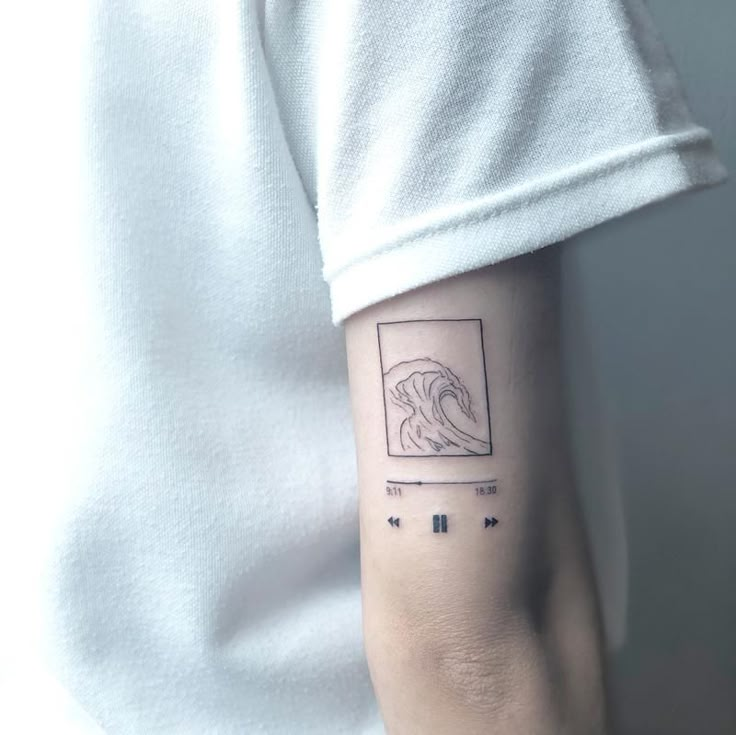
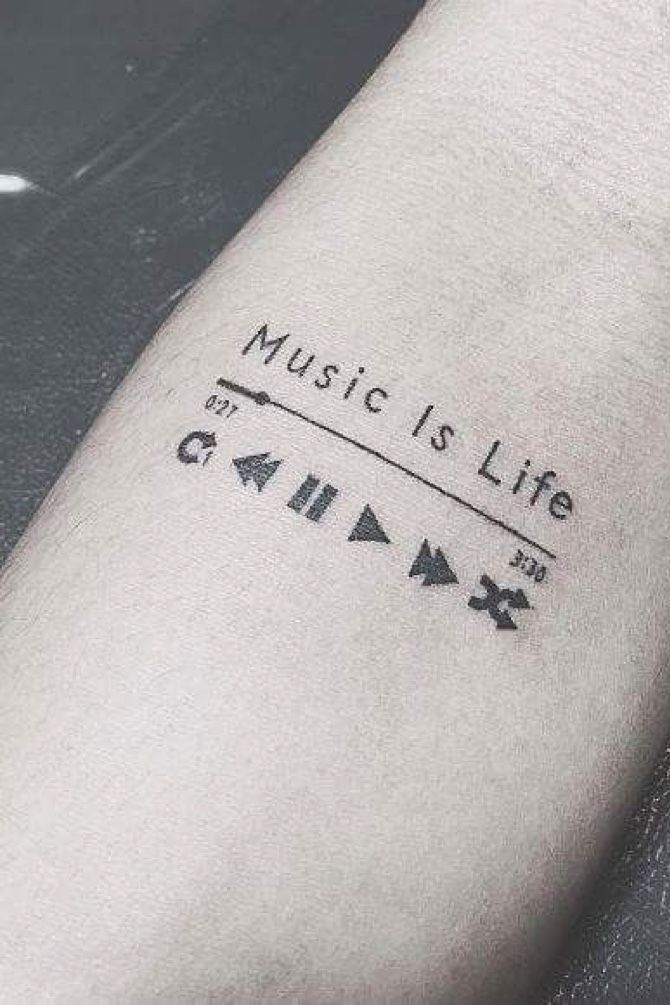
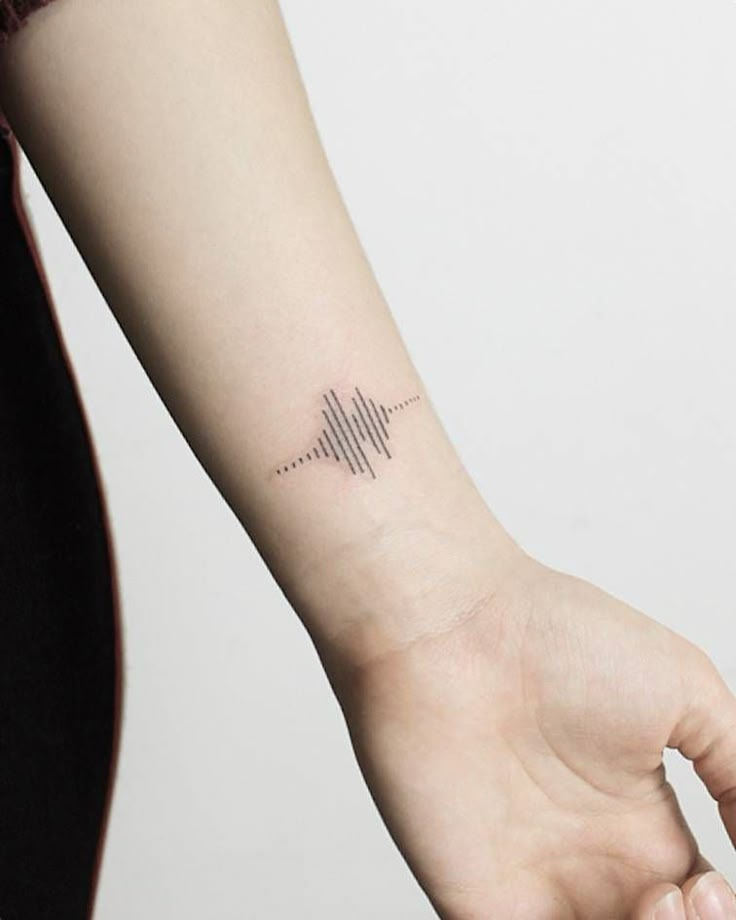
Understanding Soundwave Tattoos
Soundwave tattoos allow you to visually capture a sound in a form that can be permanently inked on your skin. They blend artistry with technology, providing a unique way to express meaningful audio.
What Are Soundwave Tattoos?
Soundwave tattoos are representations of sound frequencies captured and translated into visual patterns. These tattoos often depict the waveform of a sound clip, like a loved one’s voice or a favorite song.
To create one, you can record your desired sound and use software to generate its waveform. Many tattoo artists can then transfer this graphical representation onto your skin. The tattoo can symbolize a special moment or memory, making it deeply personal.
History and Evolution of Soundwave Tattoos
The concept of soundwave tattoos is relatively modern, emerging with advancements in audio technology and tattoo artistry. Initially, tattoos were mostly artistic designs, but the ability to visualize sound opened new possibilities.
In the early 2010s, artists began experimenting with soundwave designs. As technology progressed, these tattoos became more popular due to their unique meaning and technical presentation. Today, many people seek them as a way to preserve cherished sounds visually. The trend continues to evolve, with artists pushing boundaries to create intricate and meaningful designs.
The Technology Behind Soundwave Tattoos
Soundwave tattoos utilize advanced technology to transform audio signals into visual patterns. By capturing sound waves, the process creates a unique design that can represent music or spoken words. Understanding how these patterns are formed and the tools used to create them is essential for anyone interested in this innovative art form.
How Soundwave Patterns Are Created
Soundwave patterns begin with recording audio. This can be a voice message, favorite song, or any sound. Once recorded, sound editing software analyzes the audio data and generates a visual waveform representation.
The software displays the amplitude of sound waves over time, turning audio signals into graphics. These waveforms can then be customized, allowing adjustments in size, orientation, and intricacy for tattoo design.
You can create a soundwave tattoo by exporting the waveform as an image. This image serves as the basis for the tattoo. The resulting design captures the essence of the sound, making it a personal and significant piece of art.
Apps and Tools Used
Several apps and tools facilitate the creation of soundwave tattoos. Popular sound editing software like Audacity and GarageBand are frequently employed. These programs enable users to record and edit audio before generating waveforms.
Additionally, apps like Soundwave Tattoo offer user-friendly interfaces specifically designed for tattoo creation. They allow customization of waveforms, including color and artistic effects.
For printing, graphic design tools such as Adobe Illustrator can enhance the visual appeal of the soundwave image. Using these tools ensures that you have a high-quality design ready for the tattoo artist, making the process seamless and efficient.
Caring for Soundwave Tattoos
Maintaining your soundwave tattoo is essential for its longevity and vibrancy. With proper care, you can preserve the clarity and detail of the design, ensuring it remains a meaningful part of your body art for years to come.
Best Practices for Tattoo Maintenance
Follow Aftercare Instructions
Your tattoo artist provides specific aftercare instructions. Typically, this includes keeping the area clean and moisturized for at least two weeks. Use a gentle, unscented soap and a fragrance-free moisturizer.Avoid Sun Exposure
Sunlight can fade tattoos over time. Apply a broad-spectrum sunscreen with at least SPF 30 when exposed to sunlight. Reapply frequently, especially after swimming or sweating.Stay Hydrated
Drinking plenty of water helps maintain your skin’s elasticity and overall appearance. Moisturized skin aids in preserving the tattoo’s colors and clarity.Avoid Scratching
As your tattoo heals, it may itch. Resist the urge to scratch, as this can damage the ink and skin. Instead, tap the area gently or apply more moisturizer.
Common Challenges and Solutions
Fading Over Time
Color fading can be a common issue with any tattoo. To combat this, regularly apply sunscreen and consider touch-ups every few years, especially on areas frequently exposed to sunlight.
Ink Blurriness
If your tattoo appears blurred after healing, it may result from improper aftercare or poor application. Consult your tattoo artist for advice on potential touch-ups or enhancements to restore clarity.
Skin Reactivity
Some individuals may experience allergic reactions. If you notice unusual redness or irritation, consult a dermatologist. They may recommend soothing creams or adjustments in your skincare routine to help alleviate the problem.
- 839shares
- Facebook0
- Pinterest839
- Twitter0
- Reddit0


